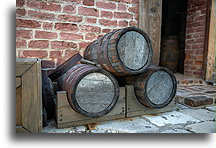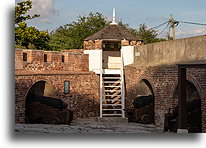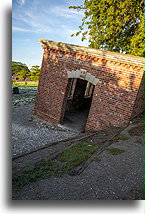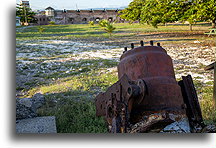During the time of Commonwealth, England was at war with Spain. In 1655, the forces sent to invade the island of Hispaniola, after the failure of their primary mission, turned their attention to Jamaica. They did not want to return home in embarrassment and decided to attack the poorly defended island. The English quickly occupied Jamaica and began building Fort Cromwell, named after the Commonwealth leader. After King Charles II reclaimed the throne, the name of the fort was changed to Fort Charles.
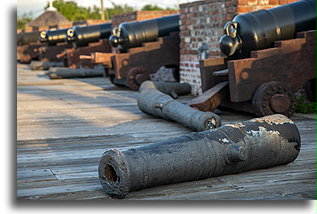
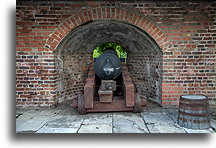
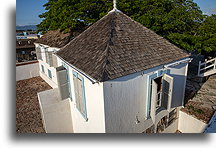
Fort Charles originally stood on the coastline on one side, and on the other was one of the largest cities in the Caribbean. Port Royal was once a haven for privateers who protected the city and made their living by attacking the Spanish. Sailing from this city, Sir Henry Morgan attacked Spanish Panama, and Sir Christopher Myngs sacked Campeche in Mexico. In the 1660s the city had a bad reputation and most probably one of the most dangerous in the world, because most of the inhabitants were pirates, common criminals and prostitutes. In 1680, anti-piracy laws were passed in Jamaica, and as a result, the slave trade took on greater importance. The 1692 earthquake devastated the city, Fort Charles survived, but two-thirds of Port Royal collapsed into the sea.
